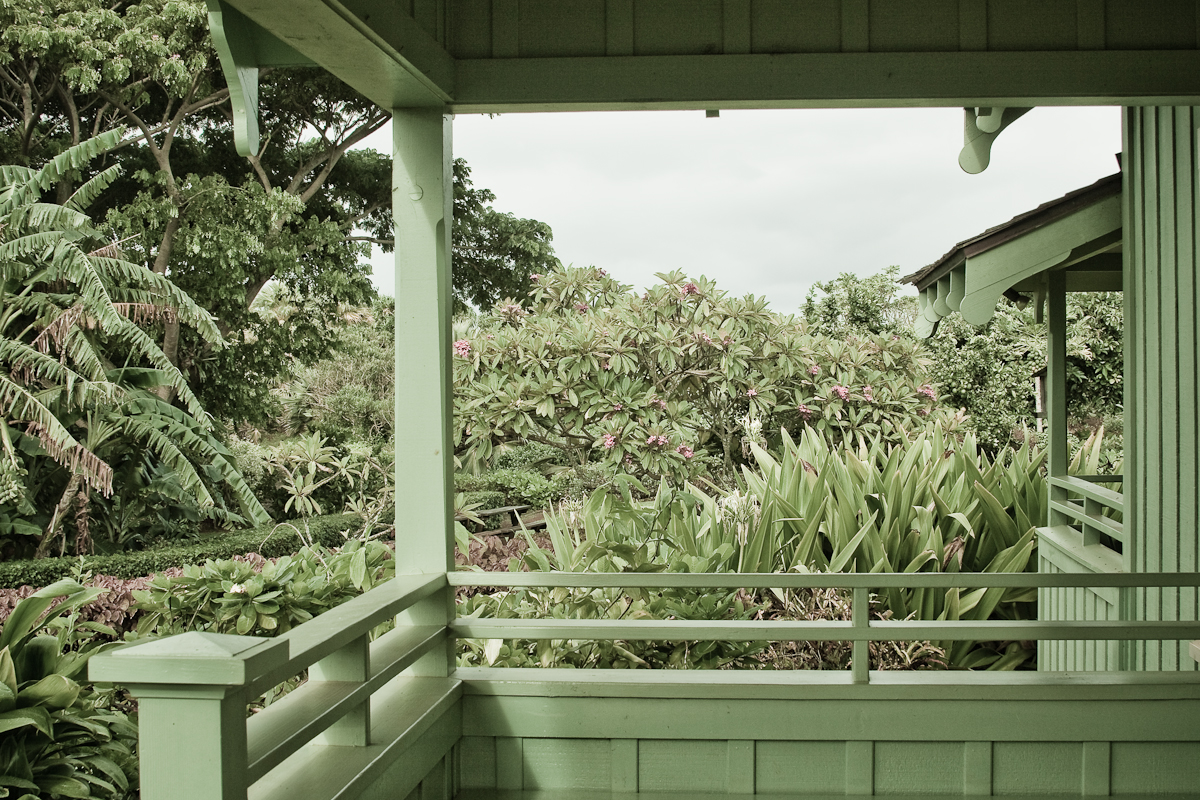

The National Tropical Botanical Garden is a group that sponsors preservation of plants native to the tropics in a network of botanical gardens and preserves.
In the early 1960’s a group approached the U.S. Congress to charter a tropical botanical garden on U.S. soil. In 1964, Public Law 88-449 was enacted which chartered the Pacific Tropical Botanical Garden (which would later be changed to National Tropical Botanical Garden). The group is a not-for-profit non-governmental institution holding a congressional charter under Title 36 of the United States Code.
The mission of the NTBG is to enrich life through discovery, scientific research, conservation, and education by perpetuating the survival of plants, ecosystems, and cultural knowledge of tropical regions. This mission would be achieved through: a network of diverse gardens and preserves in Hawai`i and Florida, each with significant biological, cultural, and historical resources; conservation, research, and reference collections (living, library, and herbarium) assembled through discovery and collaboration; research in botany, ethnobotany, horticulture, conservation biology, and restoration ecology through programs and institutes; educational courses, publications, lectures, and visitor programs; and facilities and infrastructure to conduct this work.
NTBG is headquartered in Kalāheo, on the island of Kauaʻi in the state of Hawaii at 3530 Papalina Road, 21°54′24″N 159°30′40″WCoordinates: 21°54′24″N 159°30′40″W. The building was originally designed by architect Vladimir Ossipoff. The Juliet Rice Wichman Botanical Research Center building constructed in 2003 under Dean Sakamoto was made of concrete to survive hurricanes. Hurricane Iniki devastated the area in 1992.
Garden sites are: McBryde Garden (Kauaʻi island, Hawaii), Allerton Garden (Kauaʻi island, Hawaii), Limahuli Garden and Preserve (Kauaʻi island, Hawaii), Kahanu Garden (Maui island, Hawaii) and The Kampong (Biscayne Bay, Coconut Grove, Florida).
Thousands of species have been gathered from throughout the tropical world, through hundreds of field expeditions by staff and through collaborations with other institutions and researchers. Its living collections include the largest assemblages of native Hawaiian plant species and of breadfruit cultivars in existence. Tours of each of the gardens are available.
Preserves are also an important component of the NTBG. The preserves are seen as a refuge for nature, providing habitat for native and tropical plant species to mature and reproduce in a natural setting without the influence of human activity. They have also provided scientists the necessary means for the reintroduction of critically endangered species that are no longer found in the wild. These preserves act as large laboratories for experiments in conservation biology. The NTBG currently possesses and manages three preserves: the Ka‘upulehu Preserve, which was acquired in the early 1970s on the island of Hawai‘i; the Awini Preserve, which was acquired in 1975 on the island of Hawai‘i; and the Limahuli Preserve, which was acquired in 1994 on the island of Kaua‘i. At present, preserves are not open to the public.
The Breadfruit Institute was created by the National Tropical Botanical Garden in 2002 to increase focus on breadfruit as a highly nutritional answer to global food shortages.
The mission of the Breadfruit Institute is to promote the conservation and use of breadfruit for food and reforestation. The Institute is taking a leading role in the conservation of breadfruit diversity and ethnobotanical research documenting traditional uses and cultural practices involving breadfruit.
Quoted from wikipedia.com